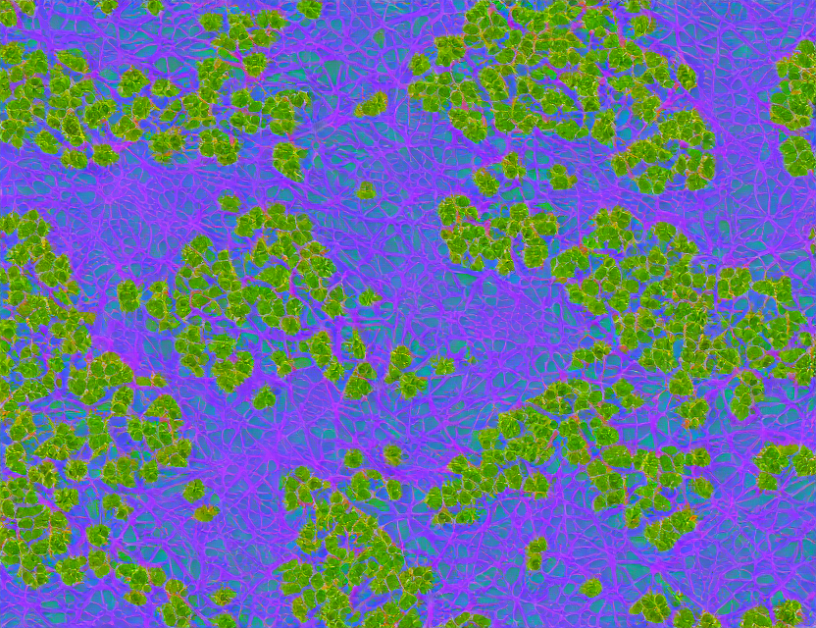In this article, we delve into the concept of transfer learning in deep neural networks. Transfer learning is a technique where a pre-trained model is fine-tuned for a new task, leveraging the knowledge gained from the original training. The author explains that transfer learning has become increasingly popular due to its ability to improve performance on various tasks, including image classification and speech recognition.
To illustrate the process of transfer learning, the author provides an example of a deep neural network architecture, which consists of multiple layers, including convolutional and maxpooling layers, followed by fully connected layers and an output layer. The pre-trained model is loaded, and certain layers are removed or added to construct an extended model. Non-trainable weights are designated for the pre-trained part to prevent changes during new training runs.
The author then describes how Genetic Algorithm (GA) is applied to choose parameters for the untrained part to optimize classification accuracy. A subset of the entire data set is used for GA to accelerate the training process. By using transfer learning, the article demonstrates that it is possible to improve the performance of deep neural networks on a new task without requiring an extensive amount of training data.
Analogy: Transfer learning can be compared to a skilled chef who has already mastered multiple recipes. Instead of starting from scratch, they can fine-tune their existing knowledge to create a new dish that tastes great. Similarly, in deep learning, transfer learning allows us to leverage the knowledge gained from one task to improve performance on another related task.
Metaphor: Transfer learning is like an orchestra conductor who has already mastered many instruments. They can now focus on training a new instrument to play along with the existing ones, creating a harmonious melody. In deep learning, transfer learning enables us to integrate knowledge from one model to enhance the performance of another related model.
Balancing Simplicity and Thoroughness: Transfer learning is a powerful technique that can improve the performance of deep neural networks on a new task without requiring extensive training data. By leveraging the knowledge gained from the original training, transfer learning enables us to fine-tune a pre-trained model for a new task, resulting in better accuracy and faster training times.
Electrical Engineering and Systems Science, Signal Processing
Transfer Learning for 1-Dimensional Respiration Data Classification using Genetic Algorithm



